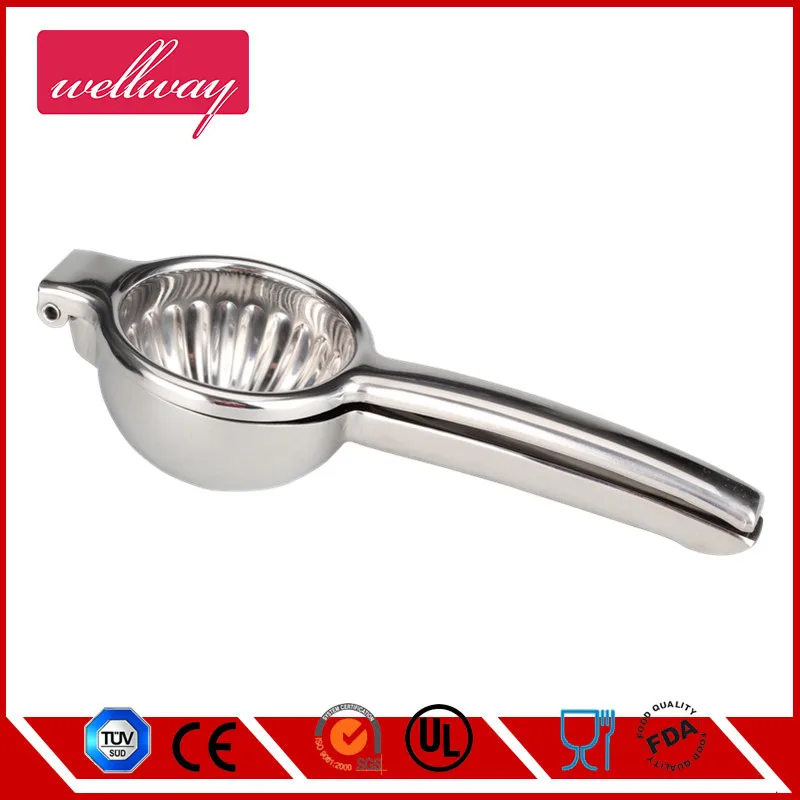

If you had a large amount of cheese to cut, your wrist and hand take the brunt of the stress. ComfortĬomfort is important when it comes to handheld cheese slicers. Plastic handles, some featuring a silicone sleeve, are also common for comfort and ergonomics. The bodies of handheld models are usually constructed of lighter, more durable materials like zinc alloy. The variety has more to do with personal preference, as some prefer the natural look of wood, others prefer nonporous steel, and some choose plastic cutting surfaces. Functionally, these materials are similar. The base portion of these models are made from various materials like metal, wood, plastic. It’s also tough enough to cut through harder cheeses that have a moisture content of less than 50 percent, like Romano and Parmesan. Steel is one of the few metals that can be considered food grade. Stainless steel is the most common material used for blades and cutting wires. Some cheese slicers of this type can actually function as a serving board. These apply a guillotine-like cutting motion with a wire or steel blade. Operating a tool like this means drawing the blade or wire across the top of the cheese to create a shaving.īase, also known as block, models are designed for use on a countertop or tabletop. The other handheld design features a shaving blade inserted in the middle of a shovel-style head.

For some models, the tension on the wire can be adjusted. One type is a slingshot, or Y-shaped, model that slices cheeses with a taut wire stretched parallel to the blade. If you’re trying to figure out which style is best for your needs and budget, read on. There are different forms and styles of cheese slicers, and some can cut foods other than cheese. Photo: What to Consider When Choosing the Best Cheese Slicer


 0 kommentar(er)
0 kommentar(er)
